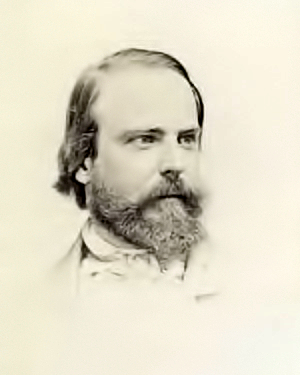J. Lawrence Smith facts for kids
Quick facts for kids
J. Lawrence Smith
|
|
|---|---|
 |
|
| Born | December 17, 1818 |
| Died | October 12, 1883 (aged 64) |
| Alma mater |
|
| Known for | Invention of the inverted microscope |
| Scientific career | |
| Fields | Chemistry |
| Institutions | |
| Signature | |
John Lawrence Smith (born December 17, 1818 – died October 12, 1883) was an important American scientist. He was a skilled chemist and a mineralogist. This means he studied both chemicals and minerals.
Smith was famous for his detailed writings on analytical chemistry and minerals. He even wrote a book called Mineralogy and Chemistry, Original Researches. This book was published in 1873. He also invented a special tool called the inverted microscope.
Contents
Early Life and Education
John Lawrence Smith was born in Charleston, South Carolina. He went to college at the University of Virginia. Later, he studied medicine at the Medical College of South Carolina. Even though he studied medicine, he became very interested in chemistry and minerals.
A Passion for Science
Smith spent much of his life working as a chemist. He taught at important universities like the University of Virginia and the University of Louisville. He loved to explore and learn new things about the world around him.
His Work with Minerals
John Lawrence Smith was especially known for his amazing collection of meteorites. Meteorites are pieces of rock or metal that fall to Earth from space. His collection was the best in the entire United States. After he passed away, his valuable collection was given to Harvard University.
The Inverted Microscope
One of Smith's big inventions was the inverted microscope. Most microscopes look down on a sample. But an inverted microscope looks at the sample from below. This design is very useful for studying living cells in dishes. It helps scientists see things more clearly.
Lasting Legacy
John Lawrence Smith's work was very important for science. To honor his contributions, a special award was created. It is called the J. Lawrence Smith Medal. This medal is given to scientists who do great work in the study of meteorites.
Images for kids


